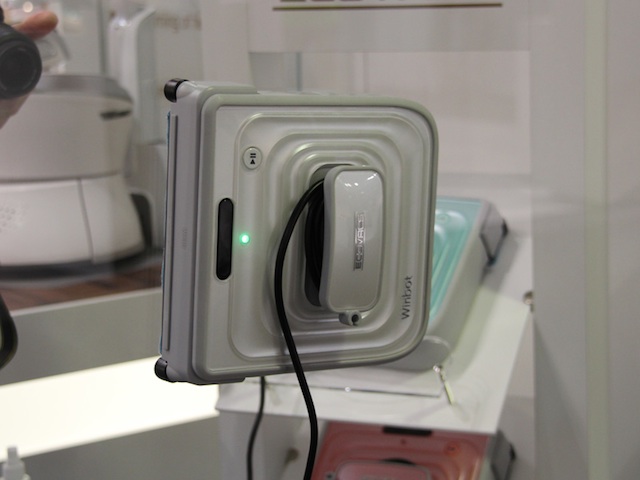With the ‘sharing economy’ becoming more widespread and freelance workers possibly being the norm in the future, the question of how are they defined arises.
The simple answer is they become contractors after the California Labor Commission ruled for an Uber driver in a dispute over expenses incurred on the job. However it’s still possible that the level of control many of these services exert over workers may see many defined as employees.
For the ‘sharing economy’, the definition is important as the business model depends on shifting all the costs onto the contractors and customers. The service, like Uber and AirBnB, is only there ostensibly as a platform to match buyers and sellers.
Buzzfeed’s Caroline O’Connor suggests a third definition of worker, a ‘dependent contractor’. Under this category contractors would receive social security benefits, insurance and other features of permanent employment with the flexibility of being on call.
In many ways O’Connor’s suggestion is similar to the national insurance schemes of many European countries where workers contribute towards their eventual retirement or for the benefits they may receive should they be unfortunate to become sick or unemployed.
While the suggestion is worthwhile, it’s still not hard to see how the ‘sharing economy’ companies would want to put their contractors in whatever category reduces their costs and risks.
The discussion about workers’ protection and social security benefits needs to be had as we enter a period of economic change not dissimilar to the 1920s or late nineteenth Century where work patterns changed and there was substantial dislocation.
As the 1920s saw the start of concepts like unemployment and sickness benefits, we will need new employment and social security concepts develop to cater for the new economy and modern workforce.




